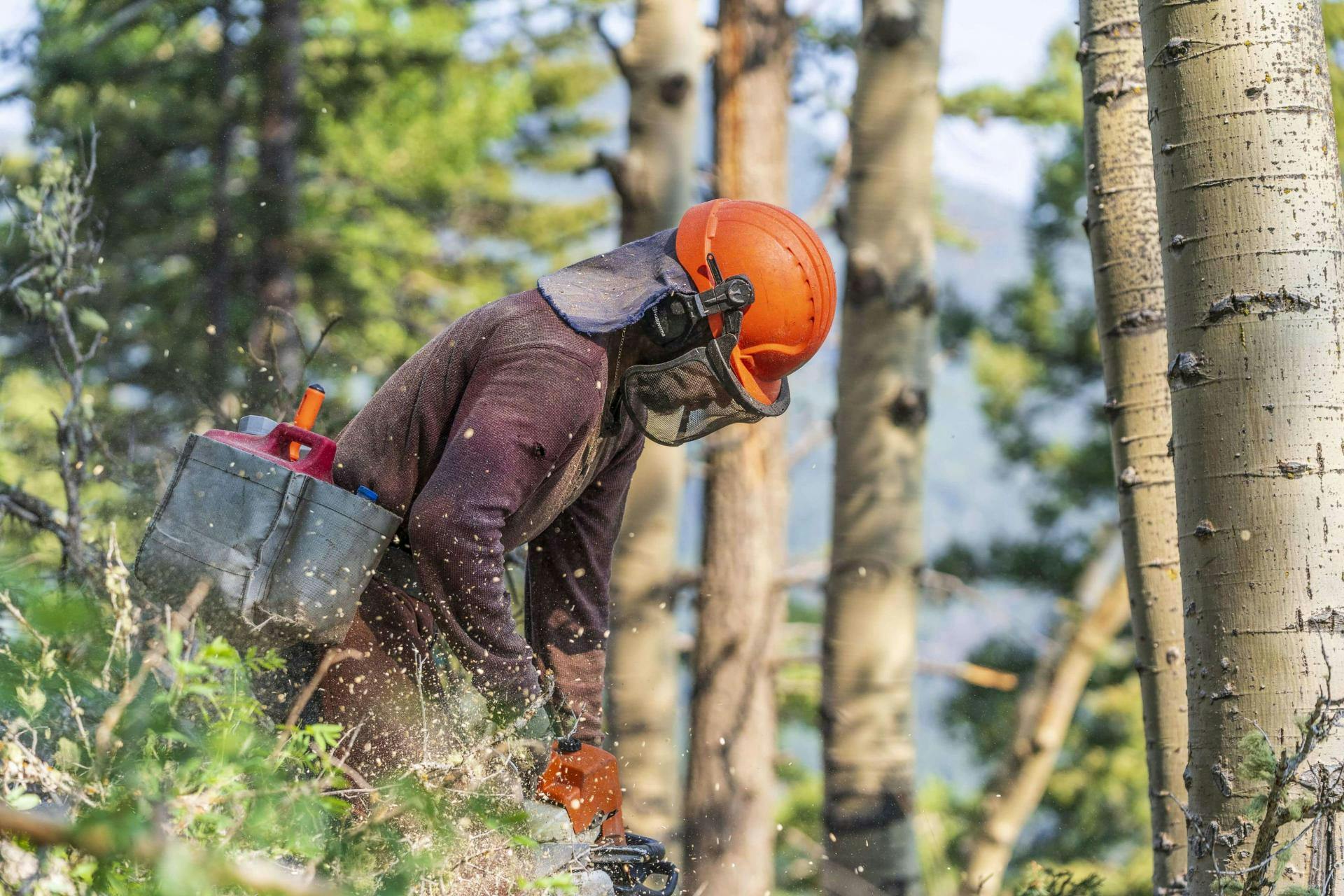Aerating a Forest?
13 June 2021
TAOS SKI VALLEY'S ON-GOING FOREST MANAGEMENT EFFORTS TO PREVENT WILDFIRES
Recently, Taos Ski Valley was recognized by the National Ski Area Association with a “Climate Change Impact” Golden Eagle Award for our forest management efforts. While I consider myself a sustainability-savvy person, I honestly had no idea what that meant or what the process of forest thinning achieves. I did some digging and thought it would be nice to share out my newfound knowledge with other green-interested individuals.
The Background: After the devastating Las Concha fire in 2014, Taos joined the Rio Grande Water Fund to work together to mitigate the risk of extreme wildfires. A large portion of these mitigation tactics is active forest management through forest thinning.
The Problem: When forests are allowed to grow without management, too many trees, both old and young, cram unnaturally close together, making forests more vulnerable not only to severe fire but to disease and infestation which can kill trees, resulting in more dry fuel for a devasting fire*.

The Solution: Our team takes on this massive project in 3 different sections: below, the crown, and the ground. A thinning from below targets the removal of suppressed trees in the sub-canopy. This summer, the main sections for thinning from below are in Wild West, the Minnesotas, and Williams Lake. Crown thinning focuses on breaking up the live canopy to create micro fire breaks that will stop the spread of a crown fire, while also promoting resources to the retention and clumps. Dead trees or trees exhibiting symptoms of disease will be removed. Downed wood over 30" diameter will be retained to sustain the ground habitat. By the end of the summer, a total of 244.63 acres will be treated. To put that in perspective, that's roughly half the size of all of Disneyland.... that's a lot of acreage to be treated.
Long story short, this crew does a ton of work. So, thank you to them because, without their tireless efforts, we would be at a much higher risk for extreme wildfires. And thank you to all partners in the Rio Grande Water Fund for prioritizing projects like this so we can be safe in our home in this beautiful national forest.
By Rebecca
*Source: JSTOR